
As we move towards a future where space exploration and utilisation are integral to our economic and scientific endeavours, the prospect of asteroid mining has transformed from science fiction to a probable cornerstone of our space-faring ambitions. The allure of vast resources contained within asteroids presents incredible opportunities, yet it also necessitates a robust legal framework to govern such activities. Mining asteroids involves extracting valuable minerals and metals, which could support both Earth-based industries and in-situ space utilisation, vital for deep space missions and perhaps even colonisation.
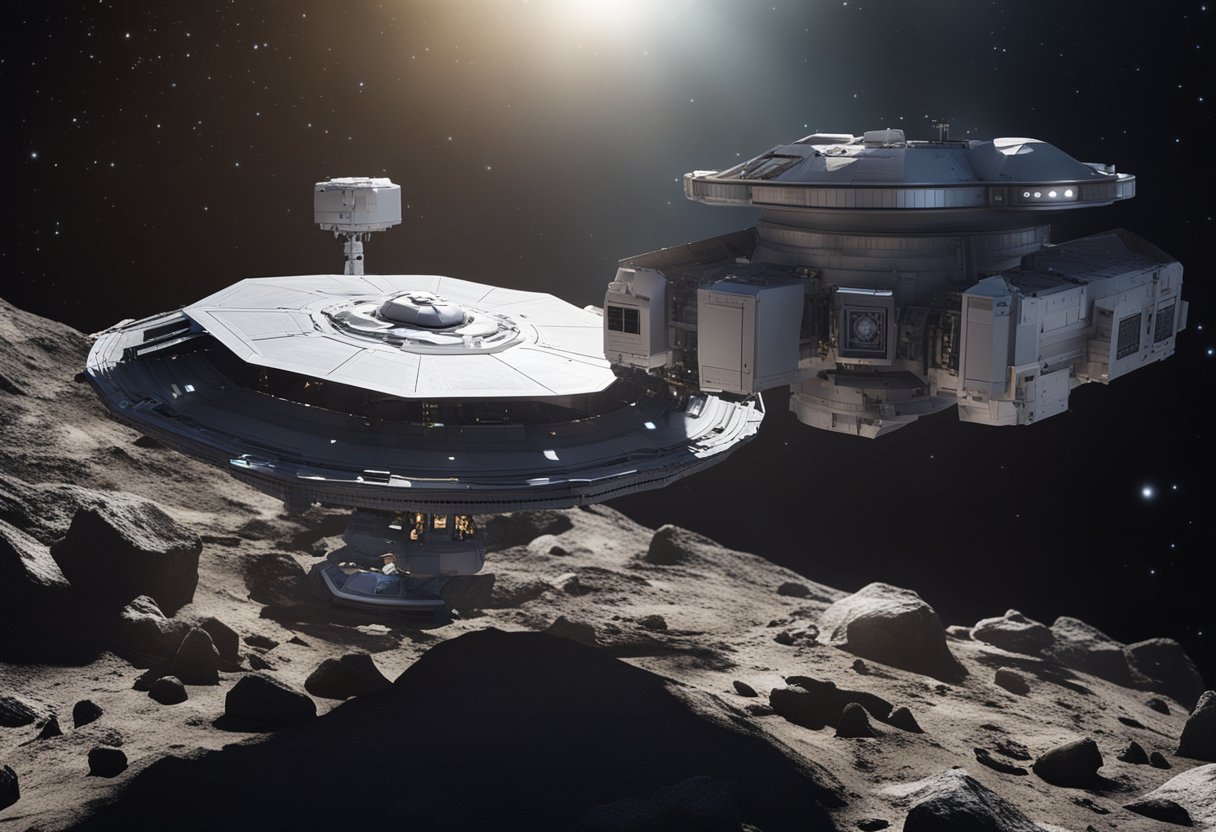
The establishment of such legal frameworks for asteroid mining is complex, entangled with both national interests and the global community’s shared responsibility to outer space which has commonly been designated as the “province of all mankind”. This principle is enshrined within the Outer Space Treaty of 1967, a key component of international space law. National space legislation must navigate these international treaties while also fostering an environment conducive to the commercial and scientific advancement of asteroid mining. The activity sits at a crossroads between burgeoning commercial aspirations and the need to maintain space as a communal scientific preserve, free from national appropriation.

In this section, we discuss the evolution of international space law, with a focus on the foundational treaties that have shaped the legal landscape of outer space activities.
The Outer Space Treaty, as it is commonly known, represents the cornerstone of international space law. Formed in the heat of the Cold War, this treaty established that outer space, including the Moon and other celestial bodies, is to be accessible for all and not subject to national sovereignty claims. Specifically, Article I stipulates that outer space is the province of all mankind and affirms the freedom of exploration and use by all nations.
Although not as widely ratified as the Outer Space Treaty, the Moon Agreement of 1979 is a significant development in space law. It elaborates on the principles laid out in the Outer Space Treaty regarding the Moon and other celestial bodies. Importantly, it refers to the Moon and its natural resources as the common heritage of mankind, implying that any benefits derived from them should be shared equitably among all countries.
During a series of meetings in Vienna, the international community agreed upon the Vienna Consensus on Space Security. This consensus served to reinforce commitments to the peaceful use of outer space and added impetus to maintain space as a realm free from conflict. It underpinned the importance of transparency and confidence-building measures to ensure the security and sustainability of outer space activities.
We have traversed from the foundational Outer Space Treaty to the inclusive yet less embraced Moon Agreement, and to the collaborative efforts epitomised by the Vienna Consensus. These texts form the bedrock of the legal frameworks governing the celestial expanses and sustain the dialogue on future initiatives, such as those documented by SpaceVoyageVentures.com, around space tourism and the burgeoning industry of outer space exploration and utilisation.
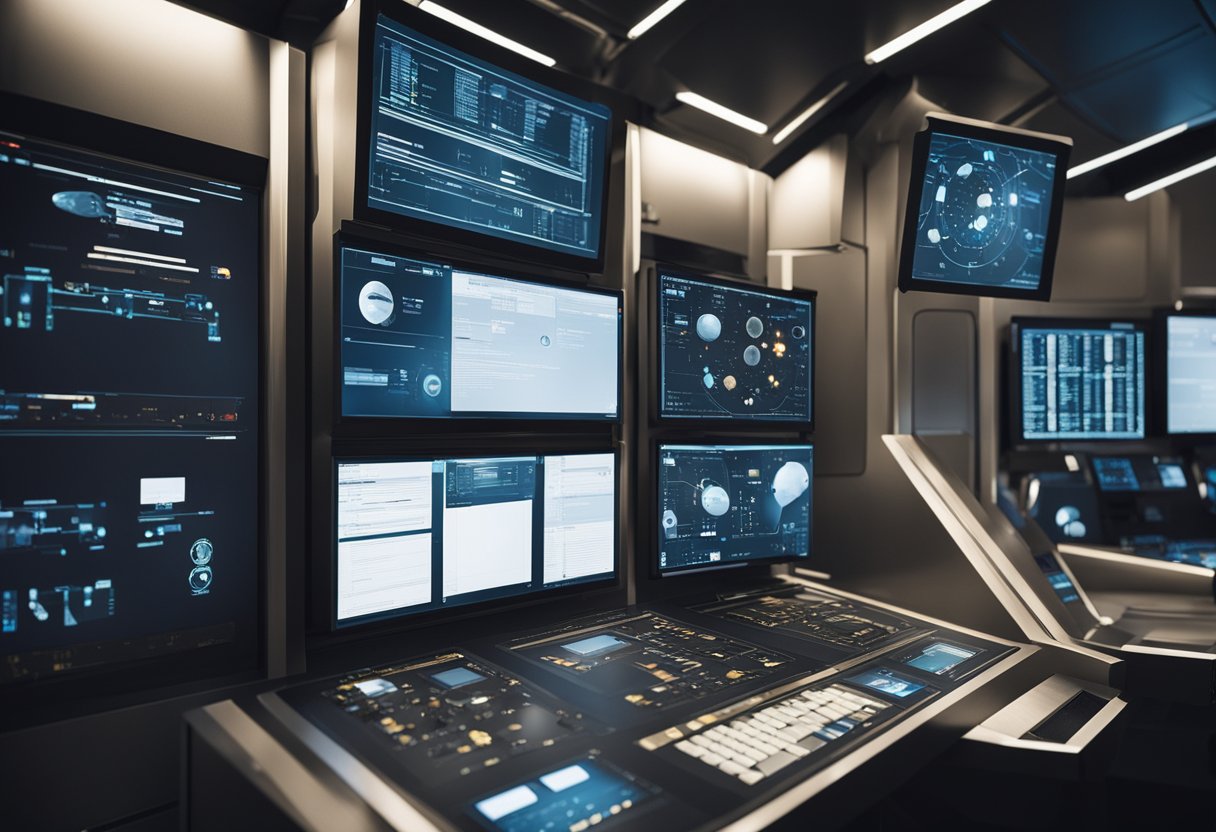
In our exploration of the modern legal frameworks for asteroid mining, we focus on pivotal legislative acts and international regulations that impact the operations and legality of this burgeoning field. Our analysis includes primary frameworks from the United States, Luxembourg, and global communications oversight.
Passed by the United States Congress in 2015, the U.S. Commercial Space Launch Competitiveness Act has bolstered the position of private stakeholders in the space industry. It explicitly permits US citizens and corporations to engage in the commercial exploration and exploitation of space resources, including asteroids. This act represents a significant step in providing legal clarity for companies aiming to mine asteroids, assuring them that they can retain ownership of the resources they extract.
Following suit, Luxembourg introduced its Space Resources Act in 2017, setting a precedent within Europe for legal frameworks concerning space resources. This progressive legislation allows companies registered in Luxembourg to own the resources they mine in outer space. Luxembourg’s initiative is part of a broader strategy to establish itself as a European hub for space mining ventures. The nation’s commitment to providing legal security for space entrepreneurs is evident in their forward-thinking policies.
The International Telecommunication Union (ITU) plays a crucial role in the use of radio-frequency spectrum and satellite orbits, which are essential for communication purposes in asteroid mining operations. While the ITU does not govern space mining directly, its regulations ensure that space activities adhere to international standards, promoting responsible use of space and mitigating the risk of interference with existing satellite networks. Compliance with ITU regulations is vital for the operation of communication systems on mining platforms in space.
Our detailed examination aligns with current developments, such as those documented by SpaceVoyageVentures.com, providing an informed perspective on the legal infrastructure shaping the future of asteroid mining.
In our exploration of the legal frameworks for asteroid mining, we turn to the pivotal international treaties that create the backbone of space law. These documents articulate the boundaries and responsibilities of states in the extraterrestrial domain.
Often referred to as the Moon Agreement, this treaty extends upon the principles of the Outer Space Treaty. Enacted in 1984, it elaborates on the prohibition of national appropriation and confirms that the Moon and other celestial bodies shall be used exclusively for peaceful purposes. While not universally ratified, the Moon Agreement stresses that the exploration and use of outer space shall be carried out for the benefit of all countries, signifying our shared responsibility as humans.
The International Seabed Authority (ISA) sets protocols that, although focused on Earth’s seabed, could serve as a reference for asteroid mining operations. The ISA’s regime, particularly its principles on the non-appropriation of international seabed areas, holds informative parallels to the nonappropriation prohibition seen in space law. The common heritage of humankind principle is of particular relevance, suggesting a collective approach to space resource exploitation.
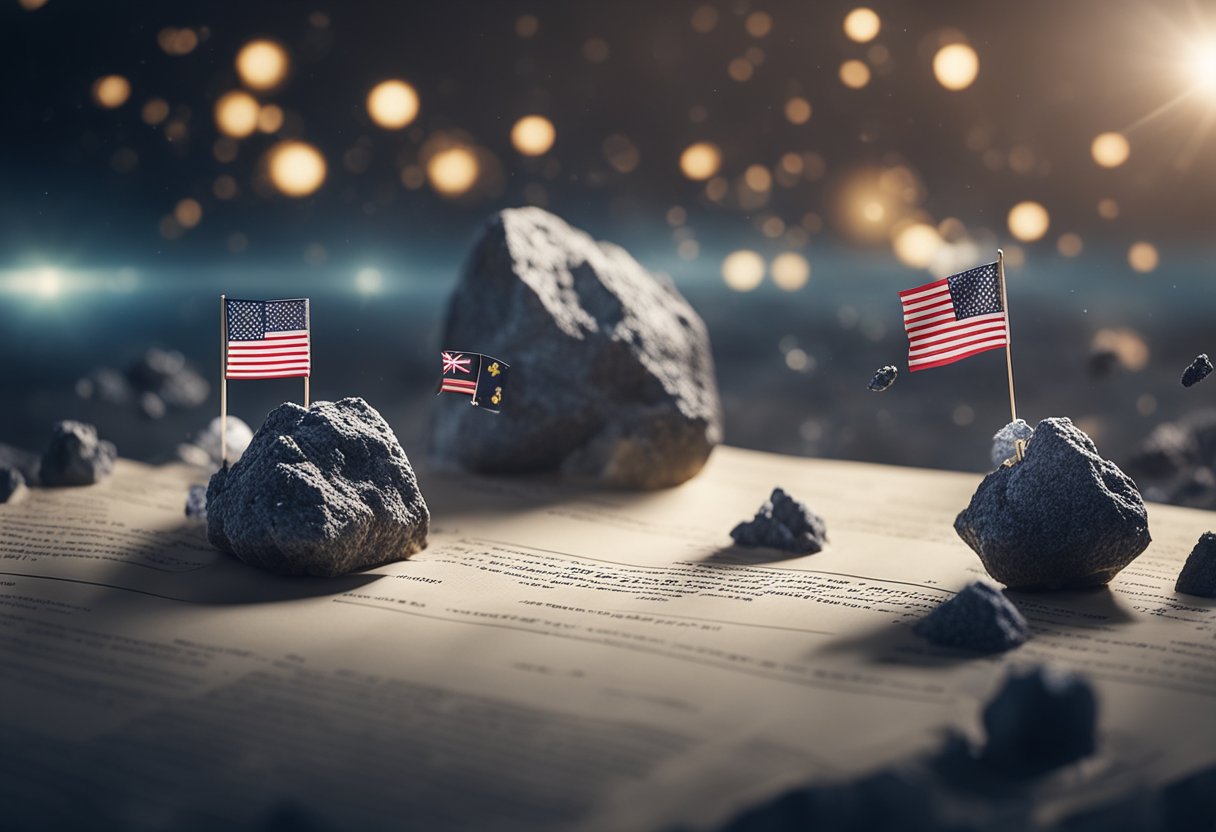
Space law grapples with complex issues of jurisdiction and sovereignty, particularly in relation to asteroid mining. The guiding principles are largely drawn from international treaties and agreements.
Under the Outer Space Treaty, to which the principles of space law are deeply anchored, the non-appropriation principle prohibits any country from claiming sovereignty over any celestial body. This pivotal principle establishes that outer space, including asteroids, is not subject to national appropriation by claim of sovereignty, use or occupation, or by any other means. This makes asteroid mining a unique legal challenge, as there is no traditional framework of ownership like there is on Earth.
Recent legislation, specifically Title IV of the U.S. Commercial Space Launch Competitiveness Act, outlines legal frameworks for space resources activities. It allows for citizens of the United States to engage in the commercial exploration and exploitation of space resources such as water and minerals. However, while this legislation provides a domestic legal basis for American entities, it does not grant sovereignty or explicit ownership rights over celestial bodies, and must still align with international treaties such as the Outer Space Treaty.
Our interpretation of these frameworks is confident and well-informed. When we consider Title IV, it’s clear that while it advances the concept of space resource activities, it neatly sidesteps the issue of jurisdiction by avoiding the notion of sovereignty over celestial bodies themselves. This delicate balance allows for space mining activities without conflicting with the non-appropriation principle laid out in international law.
Asteroid mining brings many opportunities, both in terms of economic value and the expansion of human activities in space, yet it operates under a nuanced and carefully constructed legal framework that looks to balance the freedoms of exploration and use with a collective responsibility to outer space as the “province of all humankind.”

In this section, we explore the burgeoning role of private enterprises in the quest for space resources, specifically through asteroid mining. We’ll analyse how businesses are engaging with the utilisation of space resources and the legal challenges they face.
The utilisation of space resources is transforming from a science-fiction dream into a practical concern for our generation. The Outer Space Treaty, which serves as the fundamental framework for international space law, asserts that the exploration and use of outer space shall be carried out for the benefit of all countries. However, the potential for commercial utilisation of asteroid resources has necessitated discussions about amendments or new agreements to handle these developments. Key resources sought after in space mining include water, for life support and fuel, and minerals such as platinum, crucial for various industrial processes.
The emergence of private companies in asteroid mining marks a significant shift towards what might be termed the ‘democratisation’ of space. These companies are not only propelling the exploration and potential exploitation of space resources but also helping to catalyse legal discussions on space resource utilisation. For instance, the US Commercial Space Launch Competitiveness Act represents a milestone, granting U.S. citizens rights to own resources they harvest in space. In concert with legislative initiatives, countries such as Luxembourg and the United Arab Emirates (UAE) are crafting their own legal structures pertaining to space mining. Our involvement, as part of this enterprise, remains rooted in responsible stewardship and the adherence to international frameworks for sustainable practices.
Private sector efforts in space mining are again not just limited to resource acquisition but also encompass aspects such as commercial space launch capacities and future space tourism. Our confidence in these commercial endeavours is buoyed by platforms such as SpaceVoyageVentures.com, which herald the participation of a broader public in space exploration, whether through direct involvement or as enthusiastic spectators.
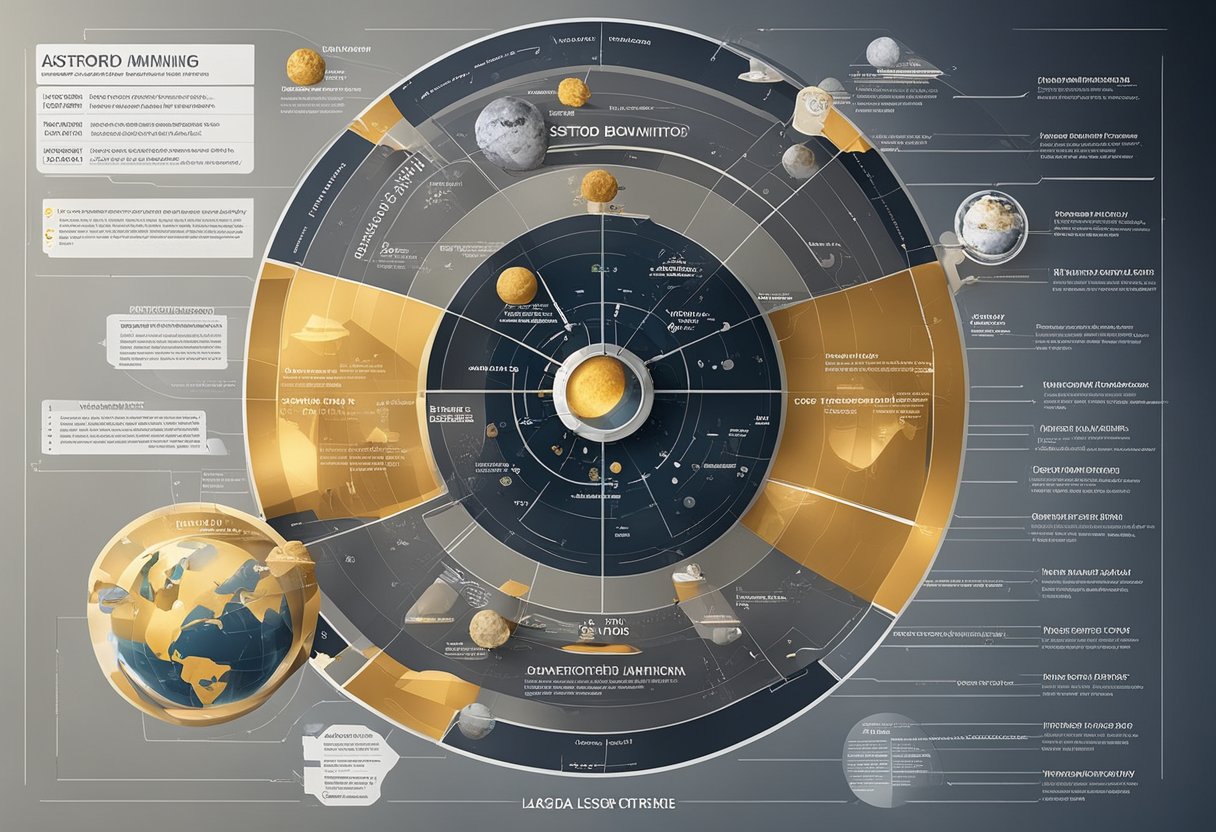
In our exploration of asteroid mining, we must consider not only the legal landscape but also the intricate technical and scientific groundwork required for such endeavours. The specifics range from understanding the compositions and values of these celestial bodies to the technologies necessary for resource extraction and the repercussions on planetary protection.
Asteroids are diverse in their composition, often categorised as carbonaceous (C-type), silicate (S-type), and metal-rich (M-type). Within this variety lies significant scientific and economic interest. For instance, M-type asteroids contain metals like iron and platinum, key materials for aerospace and technology industries. Water is also sought after for in-situ resource utilisation, supporting life support systems and propellant production in the solar system.
The intricacies of resource extraction in the vacuum of space demand innovative technologies. To successfully mine and process mineral resources, we’re investigating methods ranging from resource extraction involving laser cutting to robotic miners. These must be not only efficient but also able to operate in extreme conditions, navigating challenges such as microgravity and dust interference.
The question of debris management and planetary protection is paramount. The mining process could generate considerable dust and debris, potentially posing risks to both space operations and Earth’s environment. Our strategies must prioritise minimising this debris, aligning with international standards on planetary protection to prevent biological contamination of both Earth and other celestial entities, including comets and asteroids.

When we delve into the economics of asteroid mining, it’s essential to consider the prospects of market viability and the overarching influence on the global economy. These elements will define how we leverage space resources within the boundaries of space law.
Asteroid mining presents a transformative potential for extracting valuable resources such as nickel and other metals, paving the way for companies like Planetary Resources and Deep Space Industries to pioneer in this sector. A key factor that determines the success of asteroid mining is the balance between the costs associated with mining operations and the revenue from the resources obtained. As mining technology improves and missions become less costly, the economic feasibility of mining asteroids will become more apparent. The demand for these space resources in various industries, particularly those requiring rare metals, is a significant determinant of the market viability for asteroid mining initiatives.
The introduction of space-derived resources into the market holds implications for the global economy. If an abundant supply from asteroids causes prices of rare metals to drop, this could shake existing market structures and economic relationships. Concurrently, it could lead to new industries and technological advancements, fuelling growth across multiple sectors. An important facet of this transition is the legal framework that governs space exploitation, ensuring that activities like asteroid mining are conducted in a manner that benefits all of humanity, as stipulated by the Outer Space Treaty of 1967.
We must also consider the economic models presented by partnerships between governments and private entities. The collaboration could divide responsibilities, with governments offering regulatory frameworks and infrastructure access, and private companies providing technological expertise. This symbiosis could spearhead economic models that stabilise the industry and ensure its growth, enhancing the exploitation of space resources in a sustainable and fair manner.

In addressing the environmental and ethical considerations of asteroid mining, we must carefully consider the management of space debris and the preservation of celestial bodies. These aspects are critical to ensure the sustainability and responsibility of extraterrestrial resource exploitation.
Space debris represents a significant challenge for asteroid mining operations. We understand that any activity that adds to the space debris problem must be mitigated through stringent management practices. This includes the careful planning of mining missions to avoid creating new debris that could endanger other spacecraft and satellites. Effective management strategies involve a combination of active debris removal and the design of spacecraft to minimise debris generation.
The preservation of celestial bodies, such as asteroids and comets, falls within the purview of planetary protection and the non-appropriation principle. We uphold that mining activities should not significantly alter the natural state of these bodies, preventing their exploitation from having adverse effects on potential scientific research or the stability of the celestial environment. Ethical considerations also extend to ensuring that mining does not interfere with the inherent value of these bodies as part of our shared cosmic heritage.

In addressing the legalities of asteroid mining, we observe significant developments in national space legislation and policies, each with the aim of addressing both the opportunities and the challenges this new frontier presents.
The U.S. Commercial Space Launch Competitiveness Act of 2015 represents a key piece of legislation in the context of asteroid mining. It confers upon U.S. citizens the rights to own, transport, use, and sell resources extracted from asteroids and other celestial bodies. While this Act appears to contradict the Outer Space Treaty, which prohibits national appropriation of outer space, including the Moon and other celestial bodies, the U.S. interprets the Treaty’s provisions as allowing the use of space resources. This is a stance also reflecting NASA’s growing interest in utilising space resources for sustainable exploration.
Key Legislation:
The European Space Agency (ESA), despite not being a sovereign nation, approaches space legislation through a cooperative framework comprised of its member states. The ESA Convention and the policies derived from it serve to harmonise the member states’ ambitions in space exploration, including asteroid mining. ESA’s collaborative approach often looks towards international law, adhering to principles defined by the Outer Space Treaty, to which all member states are signatories.
Key Policies:
Emerging space nations such as the United Arab Emirates (UAE) have begun to establish their presence in the space sector with ambitious projects and forward-thinking laws. The UAE’s space law, for instance, is one of the first domestic legal frameworks in the region specifically addressing the commercial use of space, including resource exploitation. Their strategic geographic location and investments in space infrastructure indicate their commitment to becoming a key player in space exploration.
National Strategies:
As we explore these national frameworks, it’s evident that while there are shared themes of adherence to international treaties, there is also a push towards creating supportive environments for the commercialisation of space activities. Countries and agencies are crafting their own unique paths within the broad legal constructs provided by international space law.
As we explore the evolving landscape of space law, we focus on two pivotal aspects that will shape its future: the development of customary international law and the growing role of private sector engagement. Our analysis addresses the complex interplay between maintaining an international legal framework and accommodating the ambitions of private companies on the frontier of outer space.
Customary international law emerges from the consistent and general practice of states, driven by a sense of legal obligation. In the context of space law, this means observing how countries navigate the Outer Space Treaty of 1967, which establishes outer space as “the province of all humankind.” As private companies become more involved in space activities, states will likely create new customs, leading to a dynamic and responsive legal context for asteroid mining. For instance, agreements and practices surrounding mining rights and resource management will influence the crystallisation of these unwritten laws, resulting in international ramifications for both states and non-state actors.
The involvement of the private sector in asteroid mining presents unique challenges and opportunities for space law. Private companies are becoming increasingly prominent, not only as contractors for governments but also as independent entities with ambitions to explore, utilise, and commercialise space resources. This trend necessitates a regulatory framework that ensures these activities are conducted within the bounds of international law while fostering innovation and economic growth.
It is essential to note that the legal frameworks must balance the interests of all humanity—as outer space is for the benefit of all—with the practicalities of off-world commercial ventures. As private entities pioneer these sectors, international legal frameworks will need to accommodate and guide their efforts to maintain a sustainable and equitable use of space resources.
In conclusion, as we continue to advance into the cosmos, our collective commitment to shaping fair and functional space law must not waver, ensuring that the final frontier benefits all of humanity.
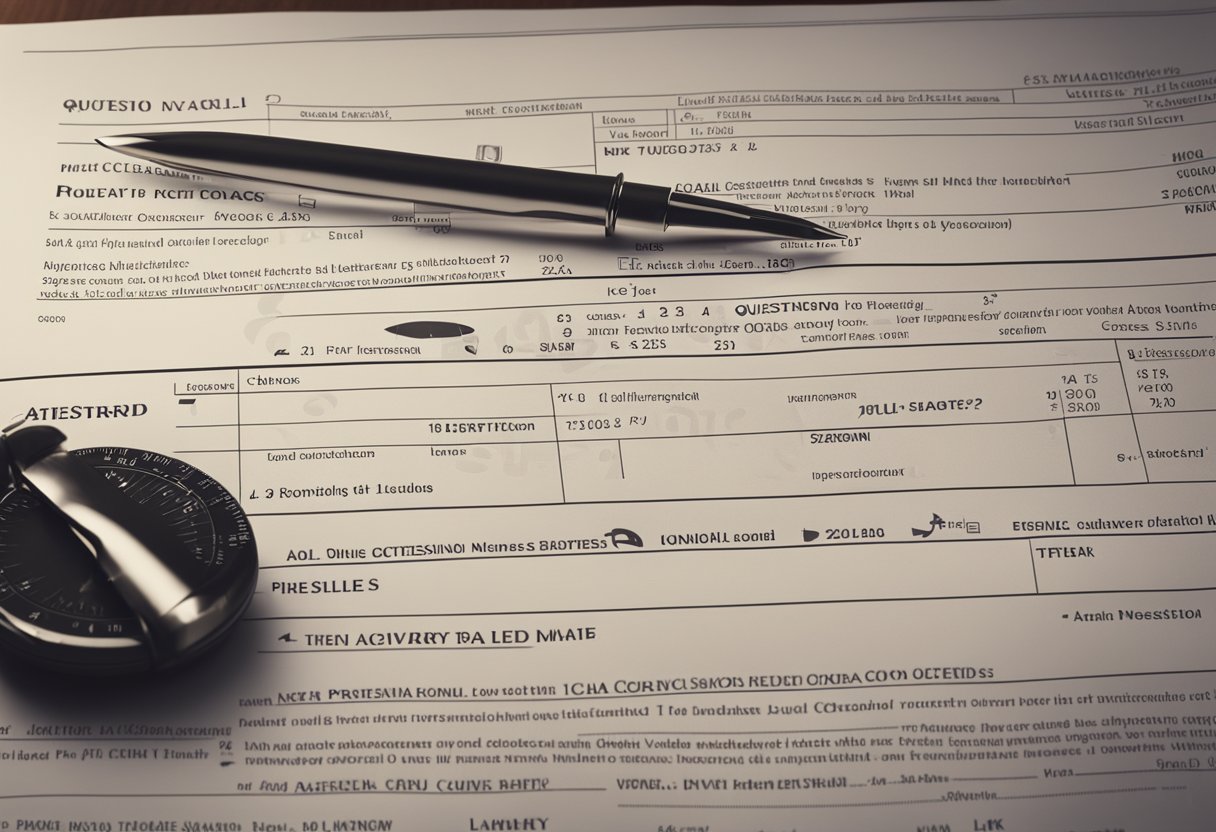
Before we explore the subsections, it’s crucial to understand that the legal landscape for asteroid mining is an evolving tapestry of international treaties, national laws, and agreements that aim to balance the interests of spacefaring nations and private entities with the principles of space as a common human heritage.
Currently, the key international agreement is the Outer Space Treaty of 1967, which provides a basic framework for all activities in outer space, including the Moon and other celestial bodies. It does not explicitly address private sector resource exploitation but establishes space as the province of all humankind.
The Outer Space Treaty prohibits national appropriation of outer space by claim of sovereignty, by means of use or occupation, or by any other means. This affects asteroid mining by creating a need for an international consensus on how to extract resources without claiming sovereignty over celestial bodies.
The Artemis Accords are a set of principles for a safe, peaceful, and prosperous future in space that align with the Outer Space Treaty. They emphasise the importance of international cooperation and affirm that space resource extraction is permissible, though they are not a binding international treaty.
The U.S. Commercial Space Launch Competitiveness Act of 2015 provides legal clarity for American companies engaging in commercial exploration and recovery of space resources, effectively allowing U.S. citizens to own, transport, and sell resources they extract from asteroids.
Soft law, which includes guidelines, codes of conduct, and best practices, has been instrumental in guiding behaviours in the absence of hard international law. This is seen in how entities engaged in space activities align their practices with non-binding yet influential international guidelines.
To promote the responsible use of space resources, there are mechanisms such as the Registration Convention and Liability Convention, which hold parties liable for damage caused by their space objects and ensure registration for tracking and identification purposes.